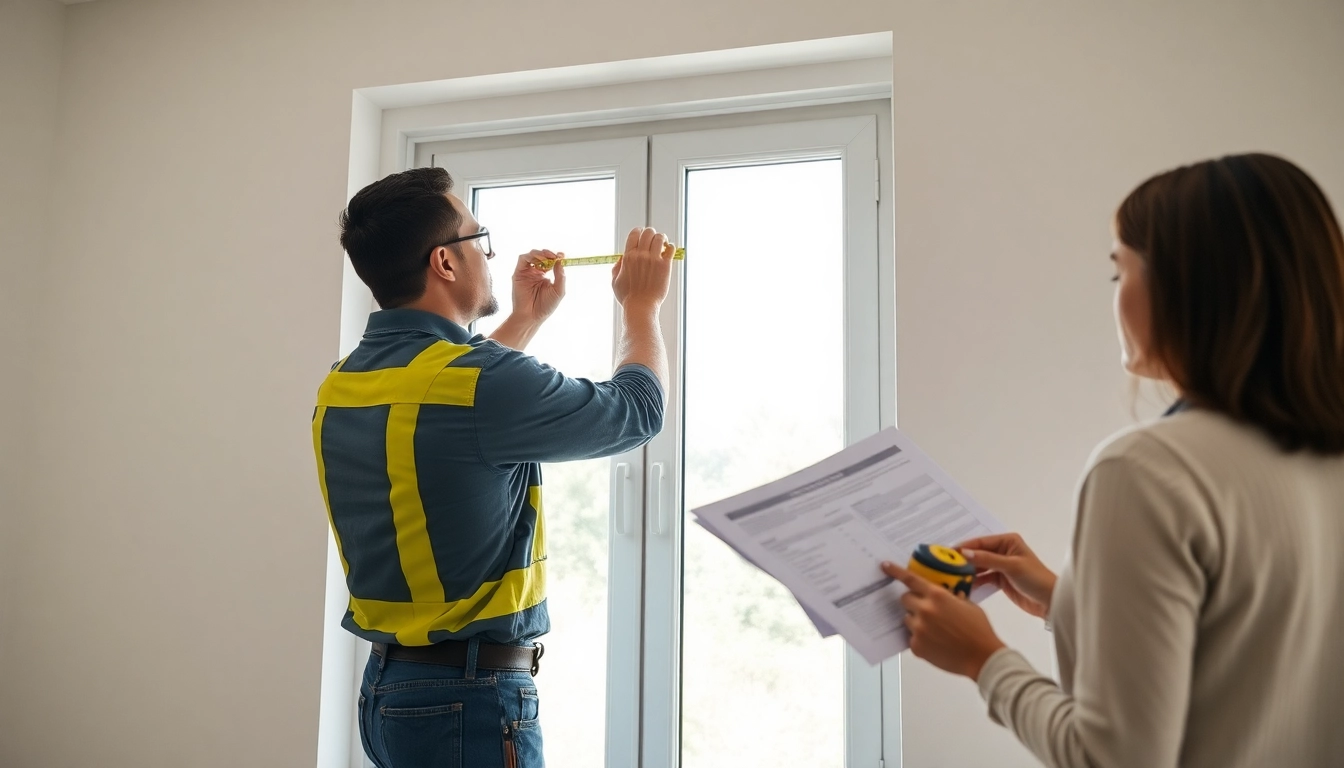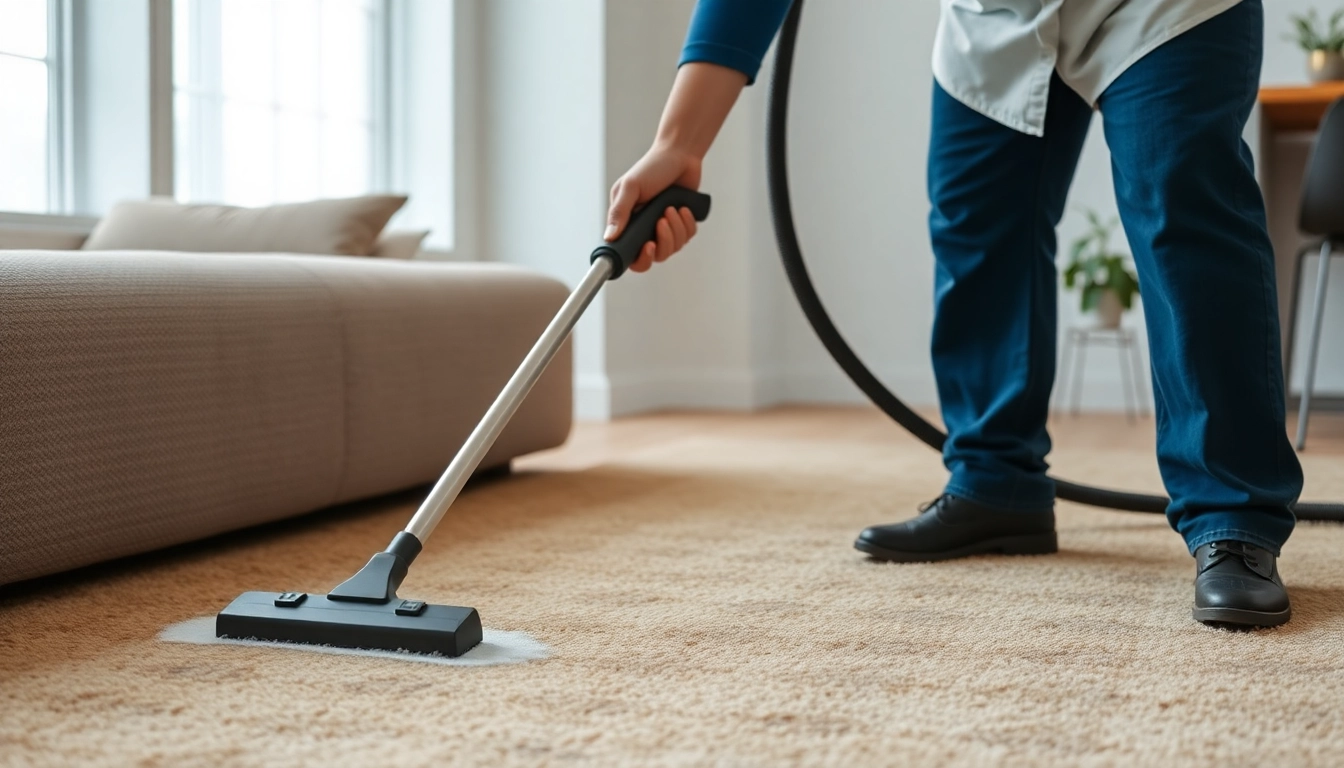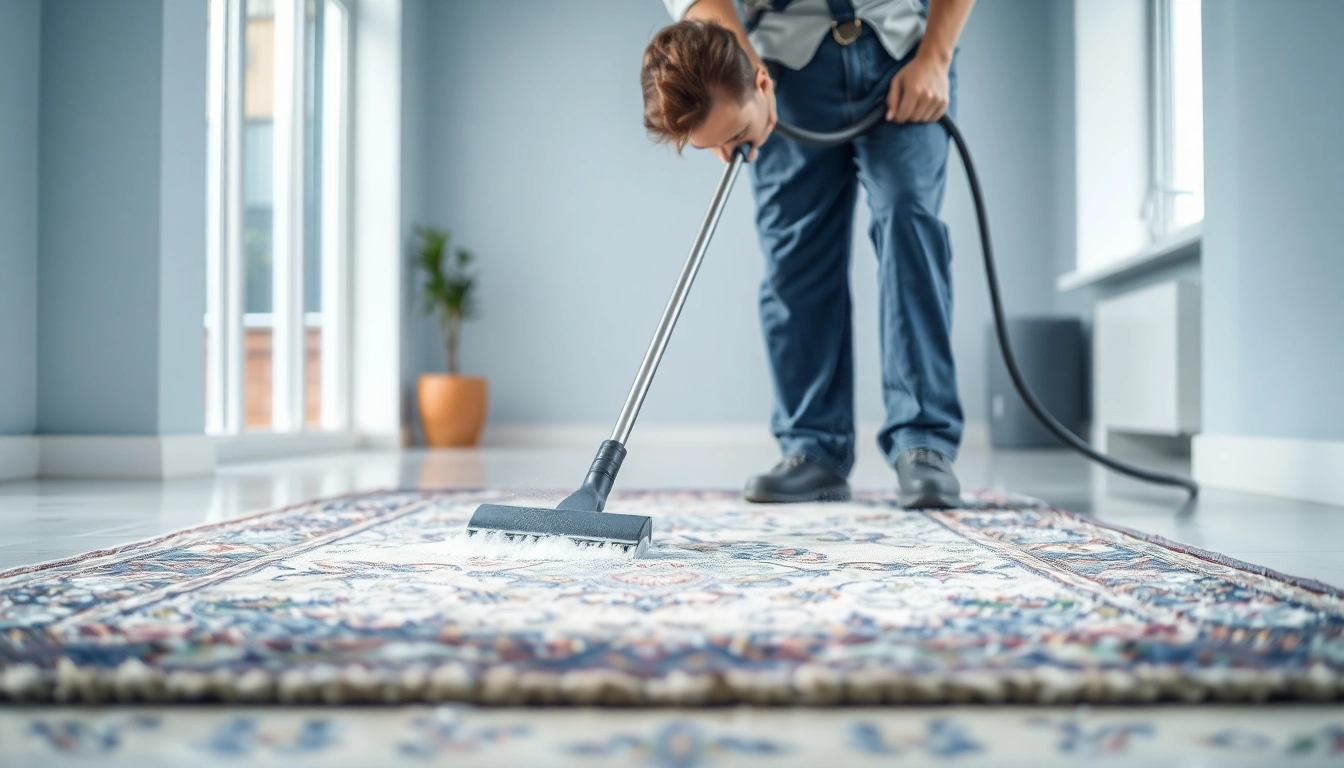Understanding Chimney Repairs: When and Why They Are Necessary
Chimneys have long been a vital feature in many homes across the UK, providing a safe vent for smoke and gases produced by fireplaces, stoves, and heating systems. However, like all structural elements exposed to varying weather conditions and natural wear, chimneys are susceptible to deterioration over time. Recognizing the signs that your chimney requires repair is crucial to maintaining both the safety and efficiency of your home’s heating system. Ignoring damage can lead to serious issues such as structural failure, water ingress, or even hazardous chimney fires.
For homeowners seeking peace of mind and long-term durability, understanding the fundamentals of chimney repairs is essential. To ensure your property remains safe and your heating system operates optimally, consult with experienced professionals who specialize in chimney repairs. Discover more about the process and services available at chimney repairs.
Signs Your Chimney Needs Repair
- Cracks or crumbling mortar: Visible deterioration in mortar joints can weaken the structural integrity, leading to instability.
- Water leaks or damp spots: Water ingress often causes staining on ceilings or internal walls, indicating potential damage or defective flashing.
- Spalling bricks: Efflorescence or flaking bricks suggest water infiltration and freeze-thaw damage.
- Damaged or missing chimney cap: A compromised cap can allow debris, rain, and animals into the chimney, accelerating deterioration.
- Leaning or tilting chimney: Any movement points to foundational or structural issues requiring urgent attention.
- Smoke backflow: Gases not venting properly can cause smoke to enter your home, indicating blockage or damage.
- Unusual odors or animal activity: Birds, squirrels, or pests nesting within the chimney can cause blockages or damage.
Common Issues That Require Professional Attention
- Repointing and brick replacement: Deteriorated mortar joints or damaged bricks compromise structural stability and insulation.
- Chimney relining: Damage to flue liners reduces chimney performance and safety, increasing fire risks.
- Waterproofing and sealing: Preventing water ingress through flashing, crown, or cap is critical to avoid deterioration.
- Leak repairs and storm damage restoration: Severe weather can cause cracks, dislodged bricks, or collapse, demanding expert repairs.
- Flue blockage removal: Soot, creosote buildup, or animal nests can obstruct the flue, posing fire and health hazards.
Risks of Delayed Chimney Repairs
Ignoring early signs of chimney damage can lead to worsening conditions and costly repairs. Water ingress can cause internal timber rot, mold, and damage to interior finishes. Structural failure risks can threaten the safety of your property, leading to expensive rebuilding. Additionally, unaddressed leaks escalate the risk of carbon monoxide buildup—a deadly hazard if the chimney isn’t properly vented. Timely interventions not only preserve your property’s value but also safeguard your household, making regular inspections and maintenance an essential aspect of homeownership.
Essential Techniques and Best Practices in Chimney Repairs
Repointing and Brick Replacement
Repointing involves removing deteriorated mortar and refilling the joints with new mortar. This process restores the chimney’s weatherproofing, prevents water ingress, and maintains structural stability. High-quality mortar matching the original composition ensures durability and aesthetic consistency. In cases of extensive brick damage, replacing individual bricks preserves the integrity of the chimney while maintaining its appearance. Skilled masons employ precise techniques to ensure seamless integration, which is vital for long-lasting results.
Chimney Relining and Waterproofing
Relining the chimney is a critical repair that involves installing a new liner within the existing flue to prevent heat transfer, contain combustible materials, and improve draft efficiency. Modern liners, such as stainless steel or flexible polymer, are durable, resistant to corrosion, and enhance safety, especially in older chimneys. Waterproofing treatments, including sealing the crown, flashing, and applying water-resistant coatings to bricks, protect against rainwater penetration and extend the lifespan of the chimney components.
Storm Damage and Leak Repairs
Severe storm conditions can cause significant damage—dislodged bricks, cracked mortar joints, or even partial collapse. Addressing these issues promptly restores the chimney’s integrity and safety. Leak repairs often involve replacing flashing, repairing or rebuilding the crown, and resealing joints. Properly executed repairs prevent ongoing water damage, which can otherwise lead to interior deterioration and compromised safety. Use of high-quality, weather-resistant materials during repairs is fundamental to withstand future storms.
Step-by-Step Guide to Planning Your Chimney Repair Process
Initial Inspection and Assessment
Begin with a comprehensive evaluation conducted by a qualified chimney specialist. The inspection should include visual checks for cracks, loose bricks, mortar condition, water damage, and structural stability. Use of CCTV cameras can assist in assessing internal flues and detecting hidden issues. Experienced professionals will identify underlying causes—like inadequate flashing or blockages—and recommend appropriate repair strategies.
Selecting Quality Materials and Tools
Choosing the right materials is critical for durability and compliance with UK building standards. Mortar mixes should match the original composition, and high-grade stainless steel liners are preferred for relining. Waterproofing products, flashing, and crown materials must be weather-resistant to withstand the British climate. Using professional-grade tools ensures precision and safety during repairs, including scaffolding, specialized mortar trowels, and inspection cameras.
Hiring Certified Professionals for Effective Repairs
Engaging licensed and insured tradespeople ensures high-quality workmanship. Certified experts follow safety protocols, adhere to local building regulations, and offer warranties. Look for specialists with proven experience, certifications, and positive reviews. Properly executed repair work can extend your chimney’s lifespan by decades, making it a valuable and cost-effective investment.
Cost Factors and Budgeting for Chimney Repair Projects
Average Costs and Hidden Expenses
Chimney repairs typically range from £500 to £2,500 depending on the extent of damage and the required services. Repointing can cost around £300–£800, while relining may be between £1,200–£3,000. Hidden costs often include scaffolding, permit fees, or unexpected structural issues uncovered during inspections. It’s prudent to budget an additional 10–20% for unforeseen expenses to avoid surprises.
How to Get Accurate Quotes and Estimates
Request detailed, written quotations from multiple reputable contractors. Ensure quotes specify the scope of work, materials used, timelines, and warranties. A thorough assessment, including site visits and inspection reports, is crucial for accurate estimates. Comparing these documents enables you to select the most transparent and value-driven option.
Cost-Effective Maintenance Tips for Long-Term Durability
- Schedule regular inspections, ideally annually or after severe weather events.
- Perform routine visual checks and clean gutters and downpipes to prevent water ingress.
- Apply waterproofing treatments periodically, particularly in exposed locations.
- Use protective caps and flashing to shield vulnerable areas from rain and debris.
- Address minor damages promptly before they escalate into major repairs.
Maintaining and Extending the Life of Your Repaired Chimney
Routine Inspections and Preventative Care
Regular visual inspections can reveal early signs of deterioration. Homeowners should look for cracked bricks, crumbling mortar, displaced caps, or water stains. Conduct these checks especially before winter, as harsh weather amplifies existing issues. Employing professional chimney sweepers for detailed assessments ensures that internal components remain in optimal condition.
Regular Cleaning and Ash Removal
Cleaning the chimney’s interior removes creosote buildup and debris that can ignite or obstruct airflow. Professional cleaning involves removing all soot and creosote, which reduces fire risks and improves draft efficiency. A clean chimney burns fuel more efficiently, lowering emissions and prolonging its lifespan.
When to Schedule Professional Follow-Up Repairs
Post-repair inspections should be scheduled annually to monitor the integrity of repairs and detect any new issues early. If you notice worsening cracks, leaks, or smoke backflow, contact your chimney specialist promptly. Preventative maintenance prolongs the life of repairs and maintains safety standards.



